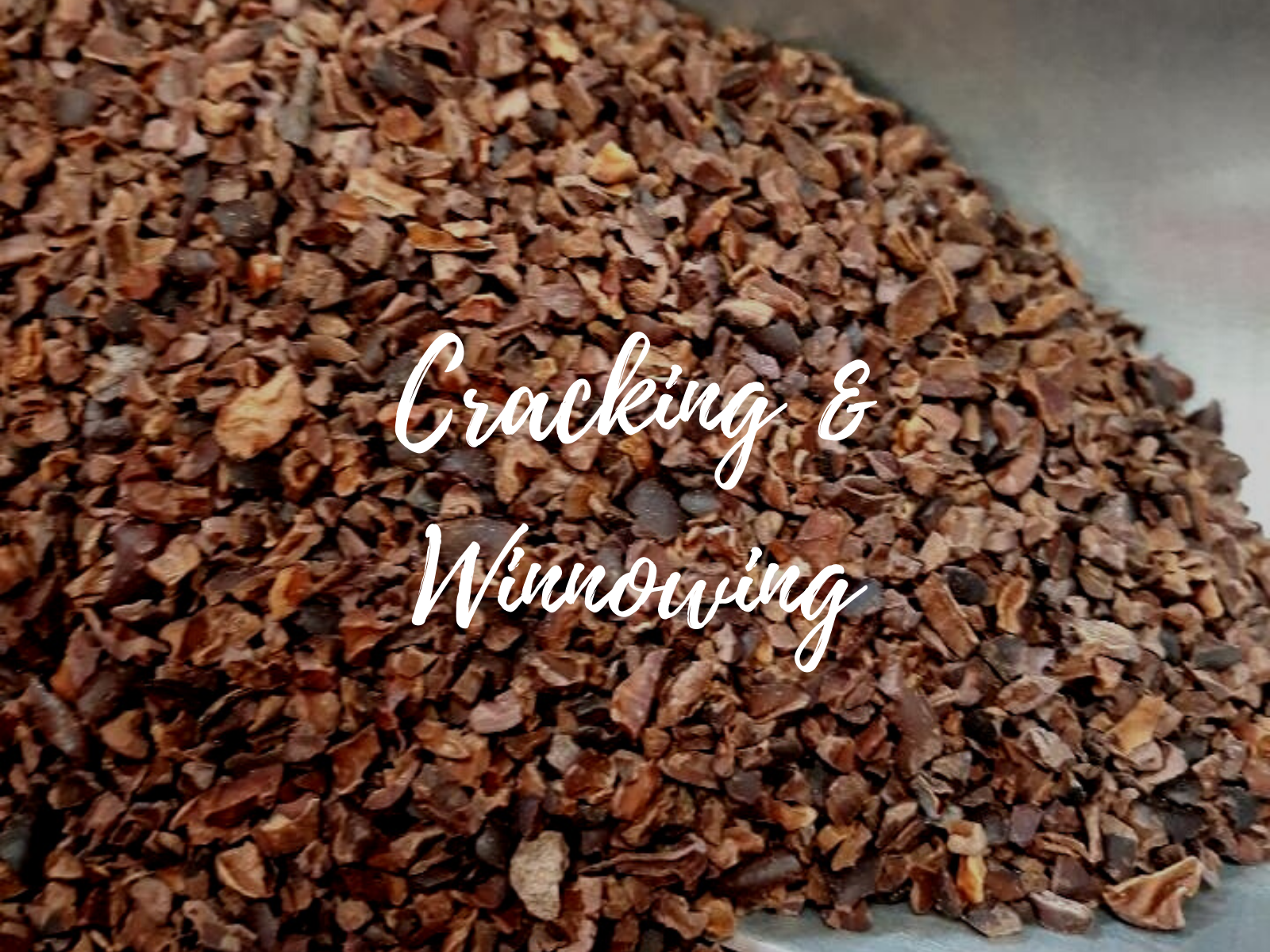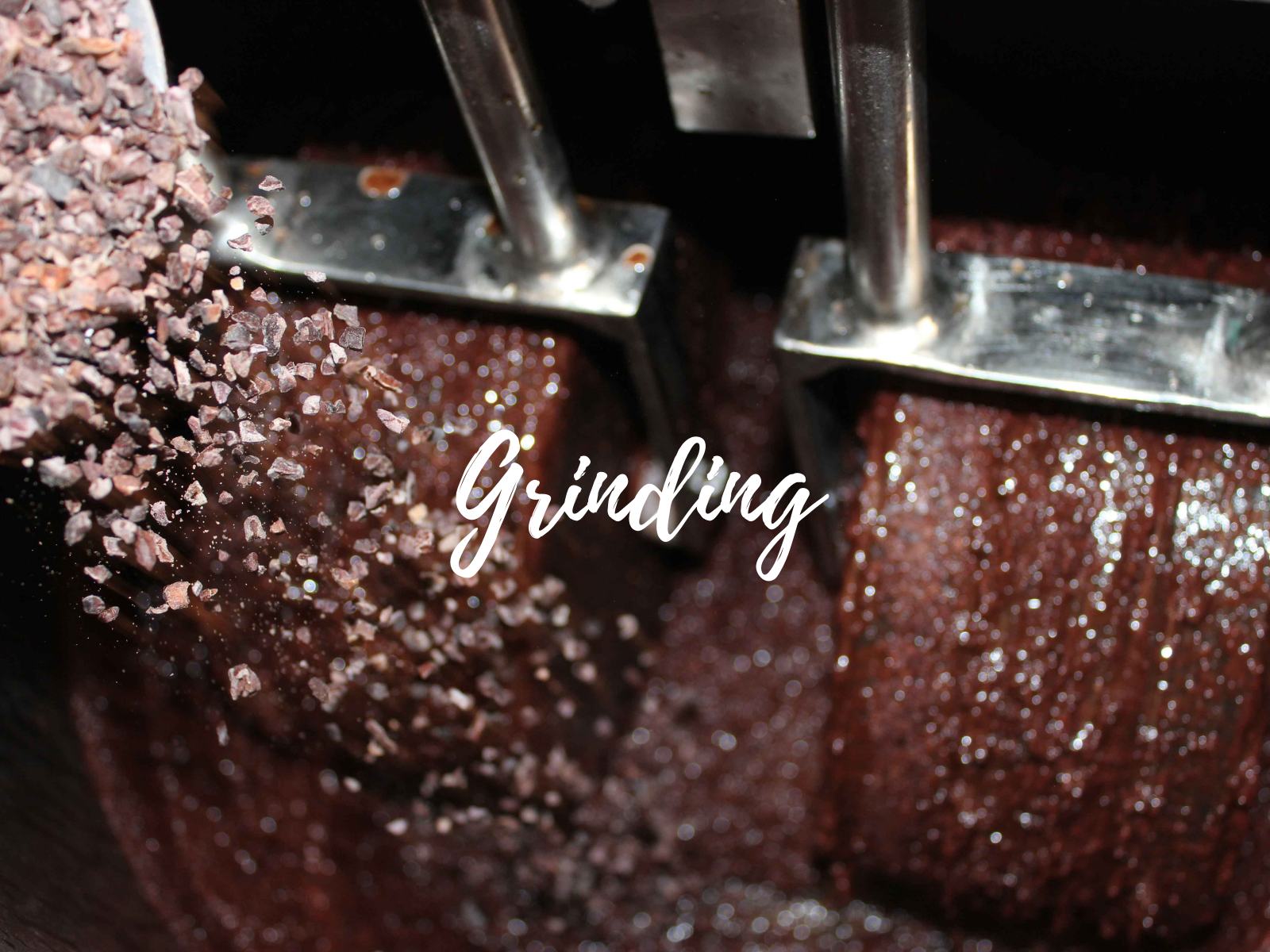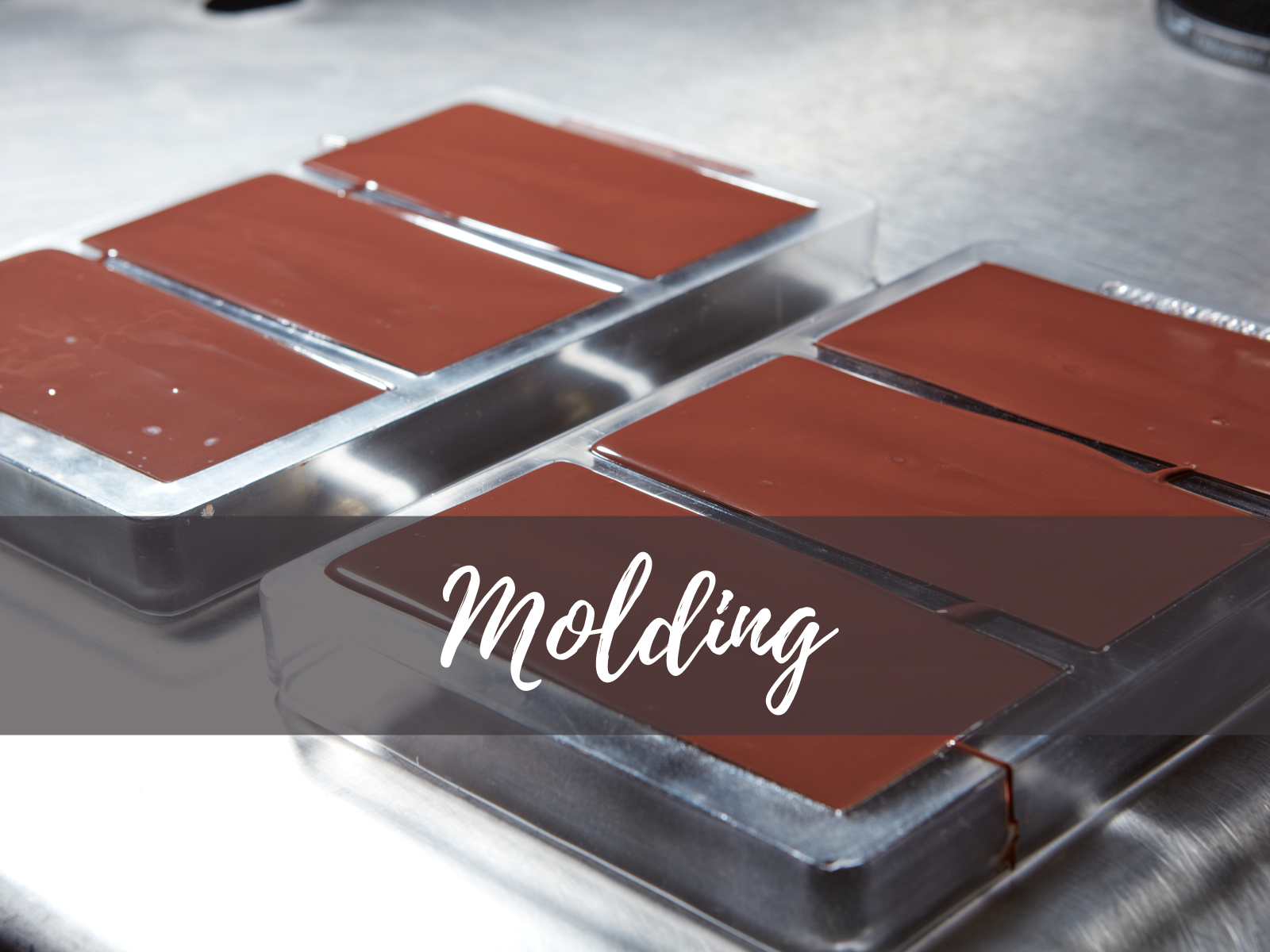Moksha Chocolate is open for appointments. Text (720) 648-8893. We are shipping limited products due to summer heat!

How a passion for chocolate and entrepreneurship became Boulder's Premium Artisan/CBD Chocolate Popular Business.


The beans are hand sorted and the irregular cracked or broken beans are set aside for butter making, Small batches of beans are roasted for around 15-20 minutes. In addition to being an important factor for flavors development, the roasting process also further reduces the moisture content and kills off any lurking bacteria. The roast profile is extremely important for the flavor of the final product, so the chocolate maker must perfect the time and temperature.

Following the roasting process, the outer husks become thin and the beans are winnowed, meaning the outer husks are removed leaving the inside of the beans called the nib. The aromatic nibs are ready to be made into chocolate and the shells are discarded.

Next, the nibs are ground into a thick paste with the use of a melangeur. The cacao nibs must be ground below 20 microns for a smooth and creamy finish. The nibs are ground for 2-3 days which gives the chocolate a beautiful flavor and texture.

Tempering is the process of raising and cooling the temperature of the chocolate to build the structure of the chocolate’s fat molecules. When chocolate is tempered properly, it should be smooth and have a clean and sturdy snap. The art of tempering lies in the precise way in which you heat and rapidly cool the chocolate.

Once tempered, the melted chocolate is poured into molds and refrigerated until it sets. A chocolate maker knows the chocolate is ready when it shrinks away from the mold.